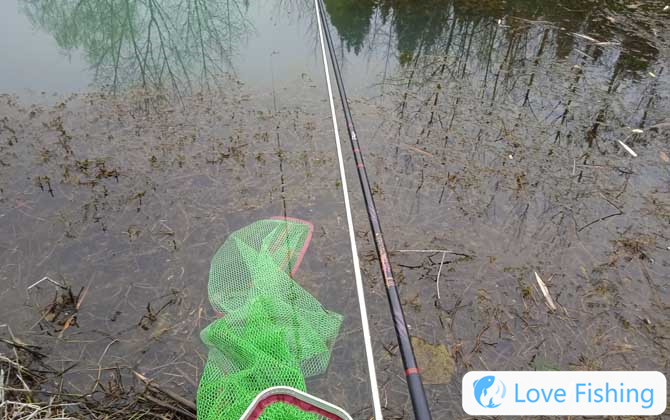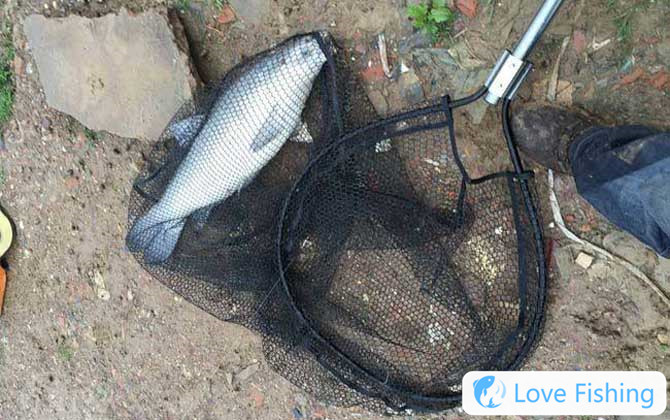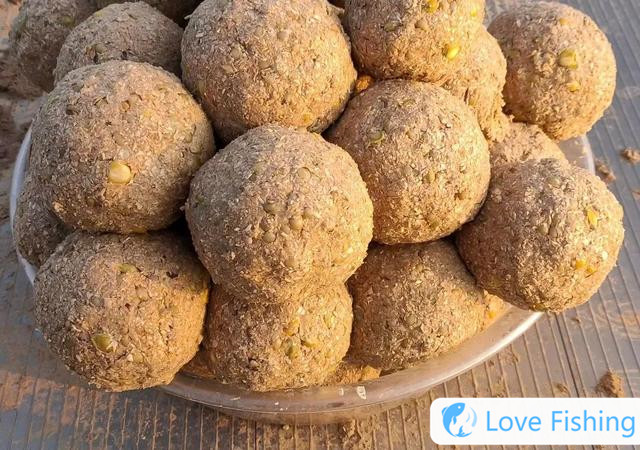What Does Fishing And Making A Nest Mean?
Break nest is a special term for fishing. There is a saying in the fishing industry that "If you don't fish, you won't catch a lot of fishing. If you want to go ashore, you have to exchange for food." This fully demonstrates the importance of break nests for fishing. In fact, break nests also determine the catch to a large extent. Let's take a look at what fishing nests mean!
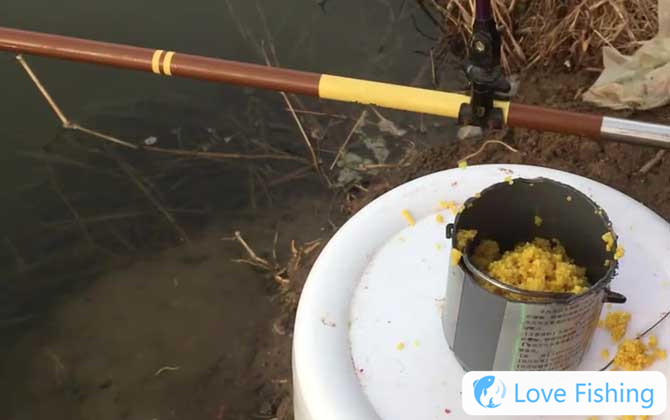
1. Definition discussion
Making a nest refers to putting nest materials at the fishing spot to attract fish to form a nest. Break nest is a special term for fishing. Simply put, it means putting nest materials at the fishing spot to attract fish to form nests. There is a saying that "If you don't fish, you don't catch a nest, and you don't catch a lot. If you want to go ashore, you have to exchange for the grain." This fully demonstrates the importance of break nests for fishing, especially when fishing in the vast waters, it will be more important to make a nest. It is no exaggeration to say that break nests largely determine the catch.
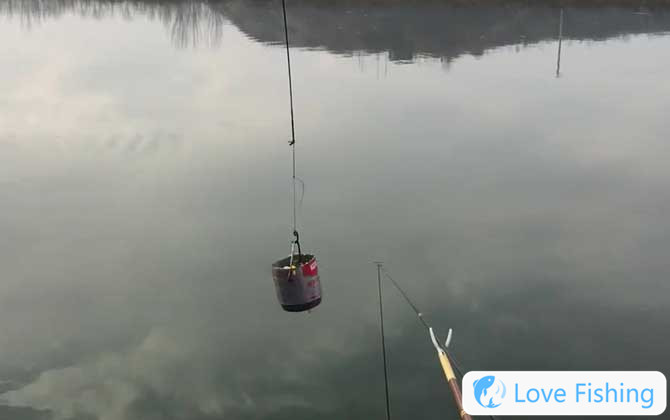
2. Bedding form
1. Pre-built nest: Pre-built nest means putting nest materials at the fishing spot 1 to 3 days before fishing. The main purpose is to let the fish develop the habit of entering the nest for food. This method of making nests does not require high demands on nest materials, such as corn kernels, wheat kernels, sweet potato cubes, wine lees, etc.
2. Instant nesting: Instant nesting refers to putting nest materials at the fishing spot before fishing. This nesting method has relatively high requirements for nest materials, mainly requiring the nest materials to have good fish lure ability. Common nest materials include fermented grains, rapeseed cakes, commercial nest materials, etc.
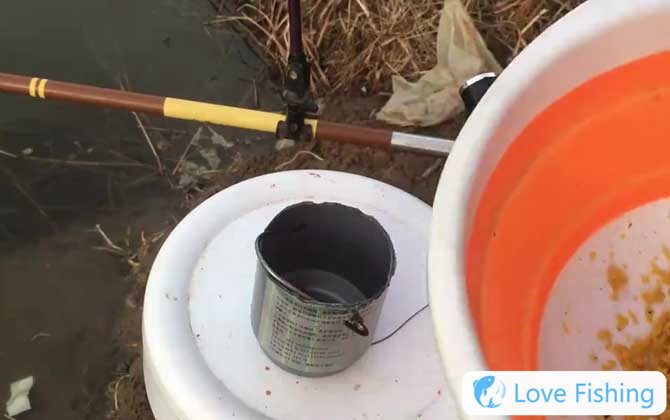
3. How to make a nest
1. Hand throwing and beating nest: Hand throwing and beating nest means throwing the ball of nest material directly into the fishing spot with your hands, which is convenient and easy to save trouble, but try to throw it as accurately as possible, so that the nest material should be placed around the float as much as possible. The error should not exceed half a meter. If you throw it too far, you will not be able to see the hook when you enter the nest.
2. Rub bait and nest: Rub bait and nest means that before fishing, rolling some large bait balls and throwing them into the nest, then starting to fish normally. You can also rub larger bait balls on the lead seat and throw them into the nest. The advantage of this method of nesting is that it is fast and accurate, and can fish while luring.
3. Tool nesting: Tool nesting refers to using nesting tools to send nest materials to the fishing point. The most commonly used nesting device is a nesting device. When making nesting, first load the nesting device into the nesting device, and then slowly send it to the fishing point with a long rod. The advantage of this nesting method is that it has extremely high accuracy.
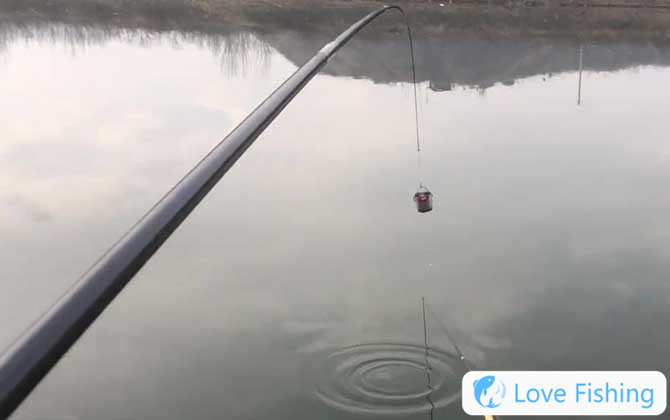
4. Selection of nest materials
1. Wine rice: You can use wine rice to make nests when fishing. Wine rice has a strong temptation to crucian carp, carp, grass carp and even yellow catfish, but the dosage should not be too large when making nests. You can use two or three handfuls before fishing, and wait until the fish mouth slows down before releasing the nest in a small amount.
2. Grains and grains: You can use grains and grains to make nests when fishing. The most classic one is the old grains and grains in the western style. The advantages are that they have good broad spectrum, fast fish seduction speed, and long time to retain fish. You only need to beat a little before fishing to continuously lure and retain fish.
3. Wine lees: You can use wine lees to make nests when fishing. The so-called wine lees are the residues after brewing grains such as corn and sorghum. They are especially suitable for use in seasons with higher temperatures such as summer and autumn. The advantages are that they gather fish quickly, have strong penetration and can reduce the vigilance of fish.
4. Granular feed: You can use fish feed, chicken feed, pig feed and other pellet feed to make nests when fishing. For example, when fishing for black pits, you almost always use pellet feed to make nests. The advantage is that it is more in line with the feeding habits of farmed fish, and the disadvantage is that the penetration may be slightly insufficient.
5. Bran cakes: You can use bran cakes to make nests when fishing. Bran cakes are extremely attractive to grass carp, bream, and crucian carp, carp, etc. in the middle and upper layers. Bran cakes can slowly dissolve and atomize, thus achieving continuous fish luring and retaining fish.
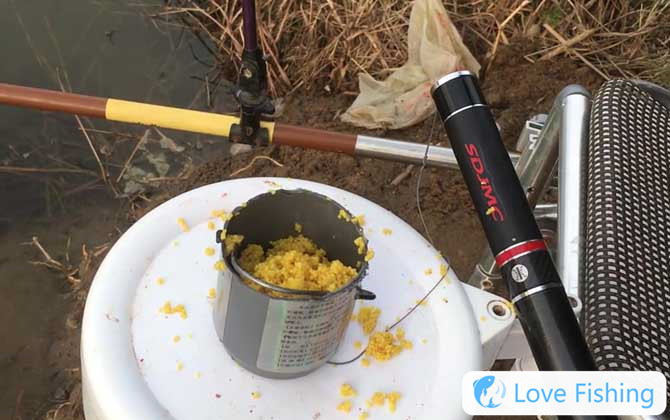
5. Bedding skills
1. Master the landing point: When making a nest, you must control the landing point of the nest material. Generally, it is recommended that the error should not exceed 20 cm. It is best to land on the fishing point so that the nest can be formed at the fishing point. Random throwing the nest material will only disperse the fish.
2. It is not advisable to be too large: the area of the nest that is large or several nests are built at the same time may attract more fish, but it should not be concentrated in a relatively small range. The density of fish at the fishing spot will be relatively reduced, which is not conducive to fishing.
3. Best time: The best time to make a nest is just before dawn. If you have the conditions, it is best to choose a nest the night before. If you make a nest late, the big fish with high vigilance has returned to the deep water. At this time, no matter how good the nest is, you can only attract some scattered soldiers and brave men.
4. Fishing time: Don’t rush to fish after making a nest. The reason is that it takes a certain amount of time for fish to enter the nest. Generally speaking, in spring and autumn, a large number of fish enter the nest will be about half an hour after making a nest. In summer, 10 to 20 minutes, and in winter, one to two hours.
5. Replenish the nest in time: It is not a one-time solution after making a nest. You must also replenish the nest in time according to the fish situation. For example, when there are few fish, thin mouths, and no drifts, you can replenish the nest at any time. When replenishing the nest, you cannot replenish the big balls. You must use small balls or sparse to avoid scaring the fish in the nest.
Recommended Reading
About us| Privacy Policy| Contact Us
Copyright © 2023-2030 Copyright@Love Fishing
